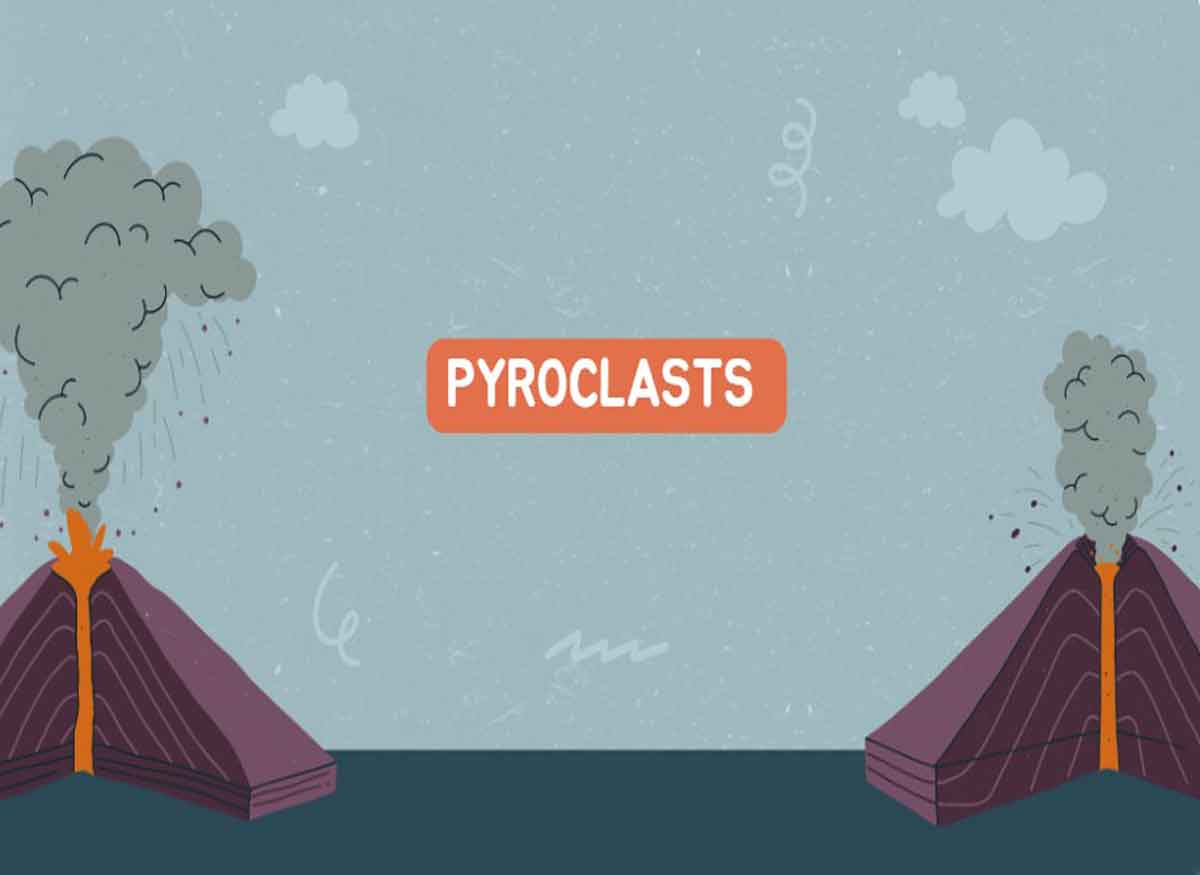Fabric is an essential element of our daily life, appearing in everything from our clothing to our home furnishings. This blog delves into the intriguing world of fabric, discussing its varieties, qualities, and applications while emphasizing its adaptability in a variety of industries.
Fabric:
The complete spatial and geometrical configuration of all those components that make up a deformed rock. It covers such terms as texture, Structure, and preferred orientation, and so is all the encompassing term that describes the Shops and characters of individual parts distributed and oriented in space i.e- fabrics, which refers to the sum of all the structured and textural features of a rock.
Types of Fabric:
Fabrics are two types
- Penetrative fabric and
- Non-penetrative
Penetrative fabric:
Some fabrics are everywhere developed throughout a rock mass and are there are called penetrative fabrics.
Nonpenetrative fabric:
Some falsies are developed only on discrete surfaces or indiscrete zones or areas, these are called non-penetrative fabric.
Properties of Fabric:
The characteristics of fabric determine its functionality and suitability for various applications:
- Texture: Smooth, coarse, or soft.
- Durability: Resistance to wear and tear.
- Breathability: Ability to allow air circulation.
- Stretch and elasticity: Capacity to stretch and return to shape.
- Absorption and water resistance: Ability to retain or repel moisture.
Uses of Fabric:
Fabrics serve various functions in many industries:
- Fashion and Clothing: Casual wear, evening wear, sportswear.
- Home Decoration: Upholstery, curtains, bedding.
- Industrial and Technical Applications: Medical textiles, geotextiles, fire-resistant fabrics.
How to Choose the Right Fabric:
Selecting the proper material relies upon its meant use. Consider the factors:
- Purpose: Is it for clothing, domestic decor, or commercial use?
- Durability: Will it resist put on and tear?
- Comfort: Does it experience precision in opposition to the skin?
- Care Instructions: Is it smooth to smooth and maintain?
For example, cotton is right for informal put-on because of its comfort, whilst polyester fits outside use for its durability.
The Future of Fabric:
Innovation continues to shape the world of textiles:
Sustainable Fabrics:
Organic cotton, recycled polyester, and biodegradable materials.
Smart Fabrics:
Textiles integrated with technology for fitness tracking and temperature regulation.
Conclusion:
Fabric is more than just a material; it’s a cornerstone of human life, art, and innovation. By understanding its types, properties, and uses, we can appreciate the role it plays in shaping our world.






